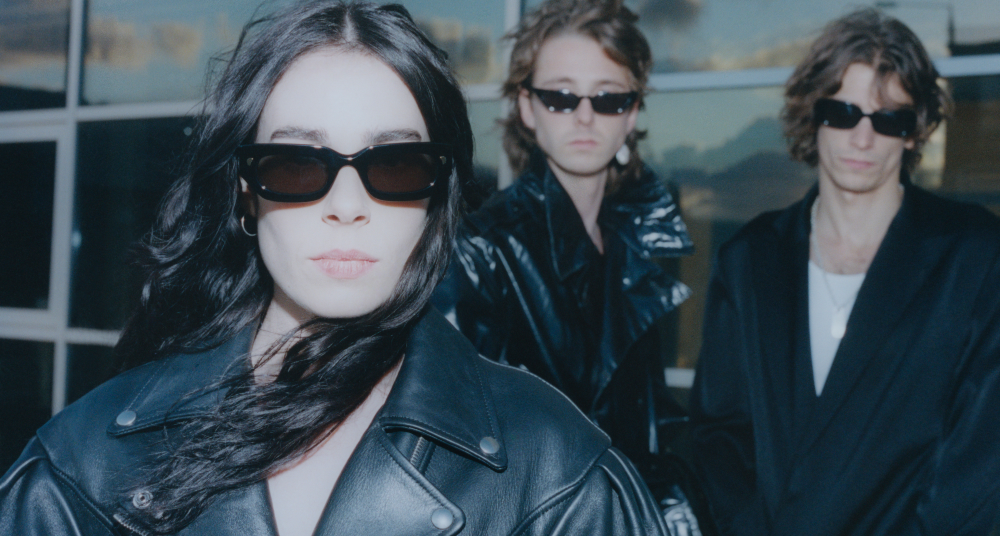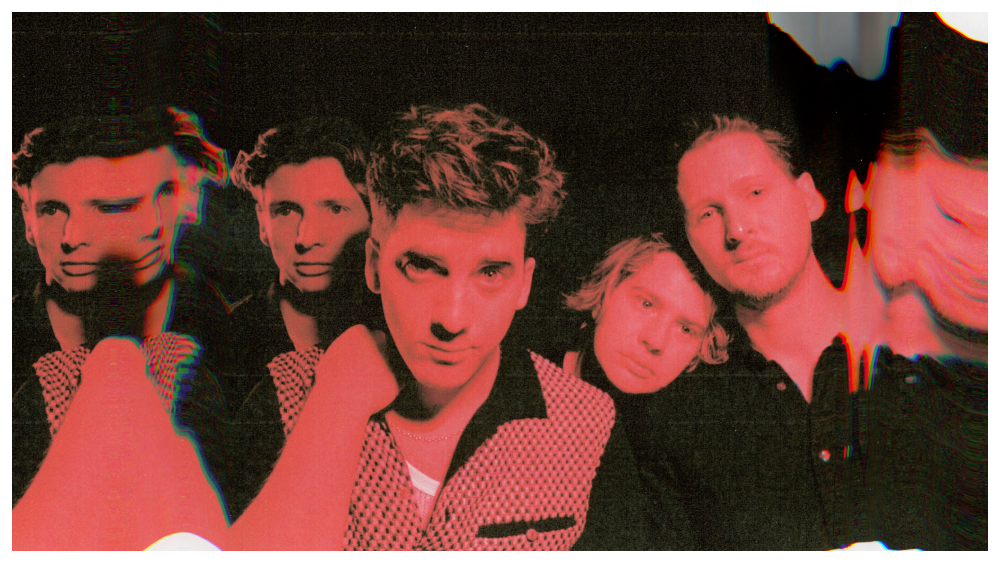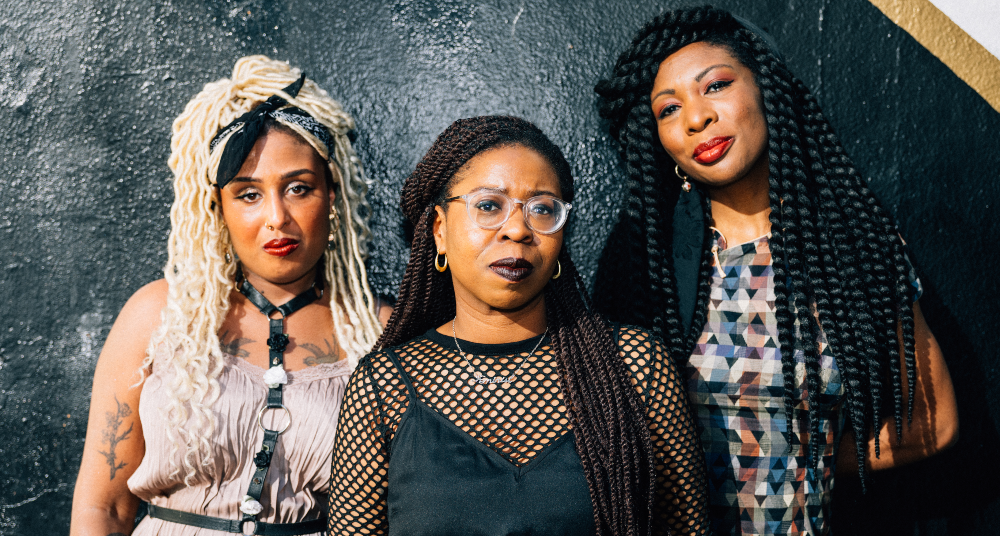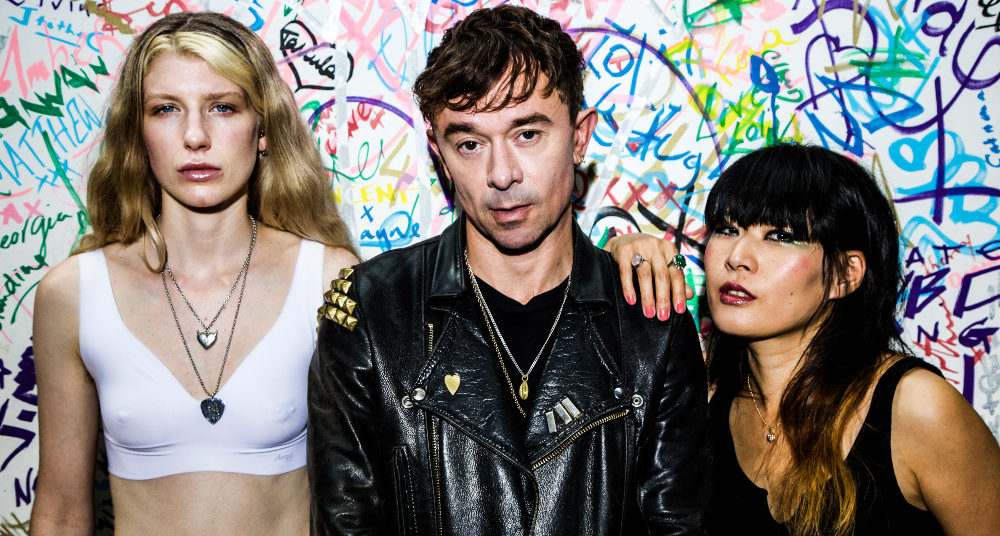Sinead O’Brien is a poet first. While the musicality is always there, in the rhythm and metre of the words, the poems that become her lyrics always arrive before anything approaching an instrumental. Often praised for her wry delivery and visceral performance, Sinead’s work straddles forms and can change shape from record to performance. Her debut album Time Bend and Break the Bower draws on poetic techniques to blend immersive images of home and scraps of memory, stitching one thing into another to create something that belongs entirely to her. The poetry is a foundational element, but not the whole picture.
‘I suppose it’s because of the way that process works,’ Sinead says. ‘It starts with poems and with lyrics, and they exist on their own before music ever comes into the picture. That doesn’t mean I don’t hear music in it. The second I’ve written something I know the metre, or I innately feel how I want it to tread.’
That inherent musicality no doubt made it easier to make the shift from poems to songs. Sinead could already see where she wanted it to go. ‘I was writing poems in my notebook and I thought okay, I want to find musicians to create soundscapes and music to interact with this,’ she says.
While Sinead has been writing for a long time, in the grand scheme of things the songs that form Time Bend and Break the Bower are brand new. Some draw on adolescent experiences and memories of youthful abandon, but the vast majority of the album was written in the summer of 2021 after Sinead released her single Kid Stuff.
'I felt a very different direction when I hit on GIRLKIND. There was so much in there sonically and lyrically that I felt like, okay, this is the core.'
‘I wrote GIRLKIND, and I knew from that moment that I had started on the album,’ she says. ‘Up until then I had an album in mind, but I hadn't got a fixed starting date.’
GIRLKIND, she says, unlocked the entire process. ‘Kid Stuff was going to be the start of it, but I felt a very different direction when I hit on GIRLKIND. There was so much in there sonically and lyrically that I felt like, okay, this is the core. If you had a map of the album, this would be in the bang in the middle.’
It makes sense that all of Time Bend and Break the Bower could spider out from GIRLKIND. The track is a wellspring of emotion and formative experience. Against backing that sounds like someone fed one of Hole’s guitars through a disco synthesiser, Sinead sings of girlhood and humanity, home and memory and, underneath it all, Ireland.
Her home country appears throughout the album both in glimpses and on centre stage. Tracks like the bubbling, evocative Holy Country seem to put Ireland at the forefront, but on GIRLKIND the country appears through its stories and a sense of history. The first verse calls back to the summer of 1985, when statues of the Virgin Mary were seen to be moving of their own accord.
‘When I discovered that phenomenon about moving statues in Ireland, and I talked to my family about it, I did remember my grandparents talking about it,’ says Sinead. ‘The imagery became a way in which I could talk about something else. When I'm using these metaphors, or religious iconography or imagery to do with home or nature, it's not necessarily describing the scenes of what home looks like. It's more that it's like a room I know so well, in a way that I can talk about other things through it.’
Sinead considers this technique a simple poetic tool, but it’s one that has allowed the ‘rooms’ of the album to open up. It also helps that there is now some distance between her and home, which enables her to look at things from a different angle and draw those connections that work so well on Time Bend and Break the Bower. She can wander through house of the album, touching all the artefacts.
‘Sometimes I think about songs like chambers or rooms in a house, and you walk yourself through them.’
‘When I was in Ireland, I was not reflecting or writing about Ireland. I think it's the separation that’s so healthy. It's breathing room to know yourself, who you were, who you still are,’ she says. ‘Sometimes I think about songs like chambers or rooms in a house, and you walk yourself through them.’
Although Sinead was keen to avoid using archival work on the album, in order to ‘treat it as a fresh project on where I’m at now, and give me a chance to put out my first statement’, some tracks do call back to a time before lockdown. On the gritty, racing Like Culture, Sinead reflects on adolescence, building out from memories of her life at the age of seventeen. In some ways the track has had three lives – the first when she lived it as a teen, the second when she began writing the poem Limerick Slightly With You in 2017, and the third in its current iteration.
'I’ll often look in my notebooks for stuff, because sometimes lines do come back to find a home. Lost lyrics, I call them. I’ve got a box full of them.'
‘There’s a blurriness around this, because I started writing it in 2017 but it starts from memories from when I was 17. I had written this poem when I was living in Paris called Limerick Slightly With You, casting back to these nights,’ she says. ‘I was reading over that while I was doing the album, kind of sifting around in my notebooks. I’ll often look in my notebooks for stuff, because sometimes lines do come back to find a home. Lost lyrics, I call them. I’ve got a box full of them. Sometimes there’s a great chorus, or a hook, or a title. It’s like putting together the jigsaw like “this belongs with this,” So Like Culture occurred in that kind of way.’
Like Culture is preoccupied with dancefloors and nightlife. The energy of these spaces being reflected on the record feels particularly relevant, given the shape that the songs take in Sinead’s performance. Poetry is a different experience on the page and on the stage, and that dichotomy shifts again when the pieces become songs. There’s Sinead’s initial lyrics with their written musicality, then the recorded version and finally, night after night on tour, the songs can take on different forms. The lyrics and the structure stay the same, but the delivery and nuance can both shapeshift.
‘It’s really important for me to keep it alive,’ Sinead says. ‘I don’t want to be replicating the records. I think we’re playing it as good and better than the record, but for me when I go and see a band it’s not like I go, “Oh, that was perfect. Thank god, it was exactly what I thought it was going to be.” You want your expectations to be surpassed, and those kinds of things come from spontaneity.’
There’s no risk of stagnation here. In all its forms, Time Bend or Break the Bower is fundamentally, gloriously alive.





